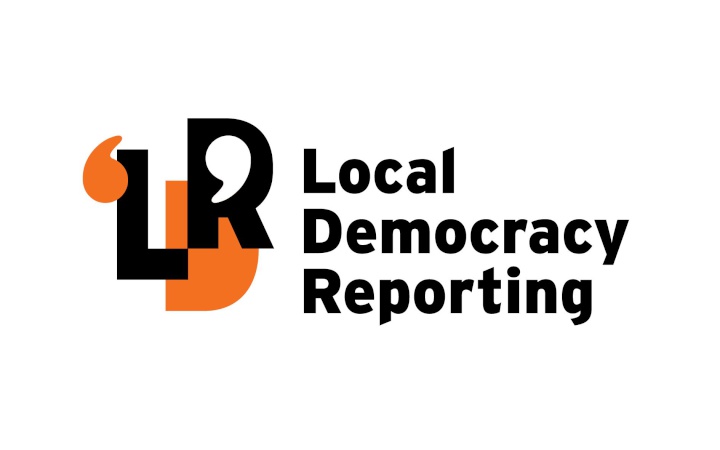Ratepayers campaigning to leave Kaikōura consider taking plight higher

East Coast Community Organisation chairman Chris Wilson is one of several residents hoping to have their Kaikōura homes rezoned as Marlborough. CREDIT: CHLOE RANFORD/LDR
Kaikōura residents hoping to become part of Marlborough's council area are considering taking their case to the Local Government Commission.
Homeowners in Clarence and Kēkerengū began petitioning to split from the Kaikōura District Council last month after a new report warned the region's 3000 ratepayers would struggle to pay off damage from the 2016 earthquake.
Council chief executive Angela Oosthuizen has said the council would not look at amalgamation or a boundary change as part of an upcoming review of its operations. She said residents were "well within their rights" to seek a boundary reorganisation through the commission.
The commission is an independent body that makes decisions on local body electoral representation.
East Coast Community Organisation (ECCO) secretary Chris Wilson said residents were looking at asking the commission to amalgamate Kaikōura back into the Marlborough district.
"That's our preference. It's easy, it's tidy, and it's more sustainable for Kaikōura ratepayers as well," Wilson said.
"If it's not possible, we will seek, through the local government commission, a boundary change, such that the area north of Ōhau Point becomes part of Marlborough."
Wilson said ECCO was concerned the council review group had limited themselves to "the status quo" by not considering amalgamation or a boundary change as options.
Wilson and Kaikōura District councillor Derrick Millton, a Clarence resident, renewed efforts to have homes north of Ohau Point rezoned as Marlborough after concerns the district was not and would never become sustainable.
A report, published in October, said the council's existing operation model was unsustainable, that the district needed up to $10 million from the Crown to stay afloat, and that the council was at "risk of implosion" if it did not make changes.
The quake had cost the district between $3 billion and $8b. The council agreed to continue developing a new operating model, which would replace its existing model, at a council meeting last month. No alternative options were considered.
"To have a study and only have one option is limited," Wilson said.
Millton said the council's decision to not include amalgamation or a boundary change as part of its sustainability review prompted residents to consider other ways forward.
"We already have a good idea through meetings [with the Kaikōura community] that there's a very strong movement to change the boundary, even if there's no opportunity to include it in the report," he said.
"We've got to go step by step. This is not just two people wanting to redrawn the line, this is a whole lot of ratepayers saying, 'Can you help us?'"
Oosthuizen said residents were entitled to their own opinions and were "well within their rights" to pursue consideration of a "reorganisation" of Kaikōura's territorial boundaries.
"Any endeavour to reorganise the boundary of a local territorial authority must go through a process set out under the Local Government Act," Oosthuizen said.
"It can be initiated by residents with the support of 10 per cent of electors in affected areas, and presented to the Local Government Commission for consideration."
The council had explained the legislation around reorganisation to ratepayers, she said.
Oosthuizen said the prospect of a boundary change or amalgamation was brought up during the initial stages of the sustainability review, which began after the 2016 earthquake, but was not included in the scope of the review for "a number of reasons".
This included unsuccessful attempts by other councils to move boundaries or amalgamate due to the complexity of the process and a reluctance from wider local communities to lose democratic representation, Oosthuizen said.
"This does not mean reorganisation can not happen in the future under the guidelines set out in the Local Government Act and with the support of the wider community."
The Local Government Commission considered merging Kaikōura with Hurunui in 2009, but decided against it, as it would "not promote good local government".
ENDS



 Ramzy Baroud: No More 'Deals’ - What Palestinians Want And Will Fight To Achieve
Ramzy Baroud: No More 'Deals’ - What Palestinians Want And Will Fight To Achieve  Peter Dunne: Dunne's Weekly - Mayor Whanau's Rare Win - To Her City's Detriment
Peter Dunne: Dunne's Weekly - Mayor Whanau's Rare Win - To Her City's Detriment Binoy Kampmark: Ironic Dependency - Russian Uranium And The US Energy Market
Binoy Kampmark: Ironic Dependency - Russian Uranium And The US Energy Market Binoy Kampmark: Arrest Warrants From The Hague - The ICC, Netanyahu And Gallant
Binoy Kampmark: Arrest Warrants From The Hague - The ICC, Netanyahu And Gallant Ian Powell: General Practice Visits, Emergency Department Presentations, And Social Determinants Of Health
Ian Powell: General Practice Visits, Emergency Department Presentations, And Social Determinants Of Health Gordon Campbell: On The Hikoi Aftermath
Gordon Campbell: On The Hikoi Aftermath